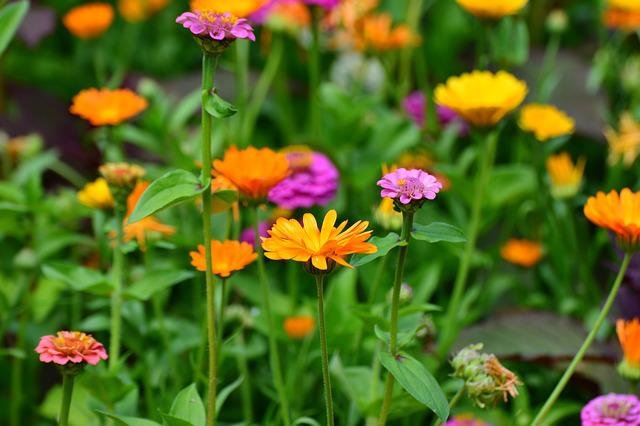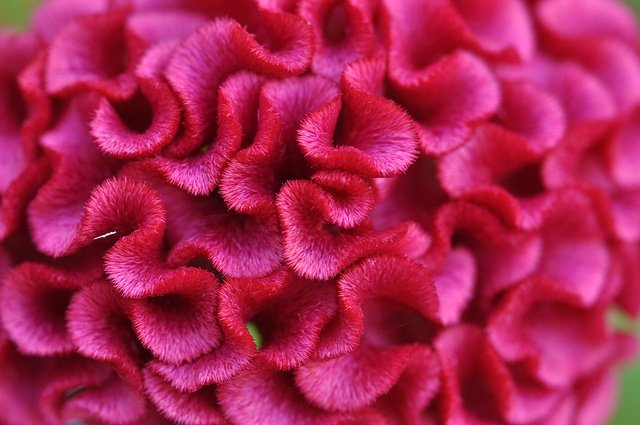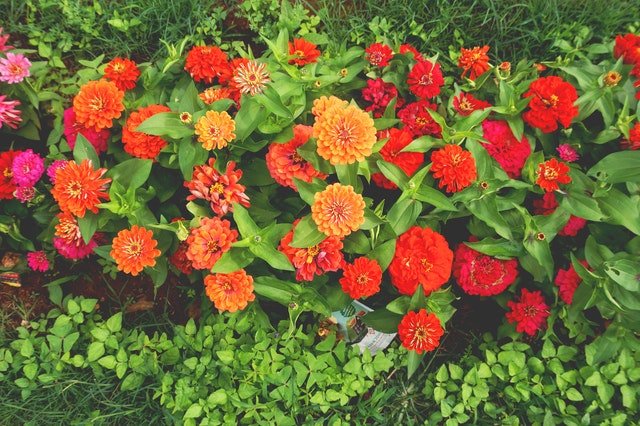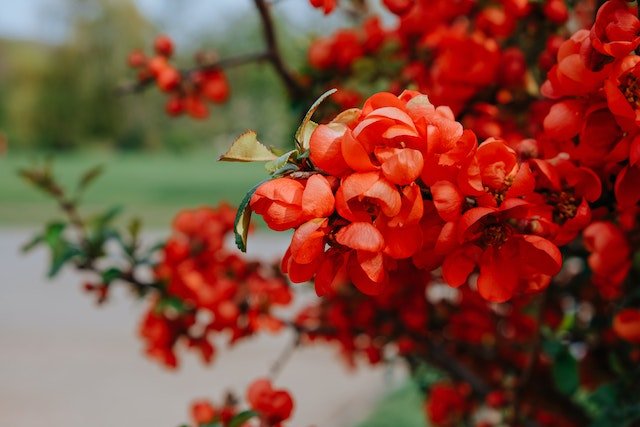Growing hydrangeas in front of the house is a beautiful way to add some charm and elegance to your property. Hydrangeas are well-loved for their large and showy blooms that come in various shades of blue, pink, white, and even green. These shrubs are also easy to grow and care for, making them perfect for novice gardeners and experienced horticulturists alike.

In this article, we will provide you with some useful tips on how to grow and care for hydrangeas in front of your house to achieve a stunning landscape that will enhance your home’s curb appeal.
Table of Contents
Choose the right hydrangea variety for your climate
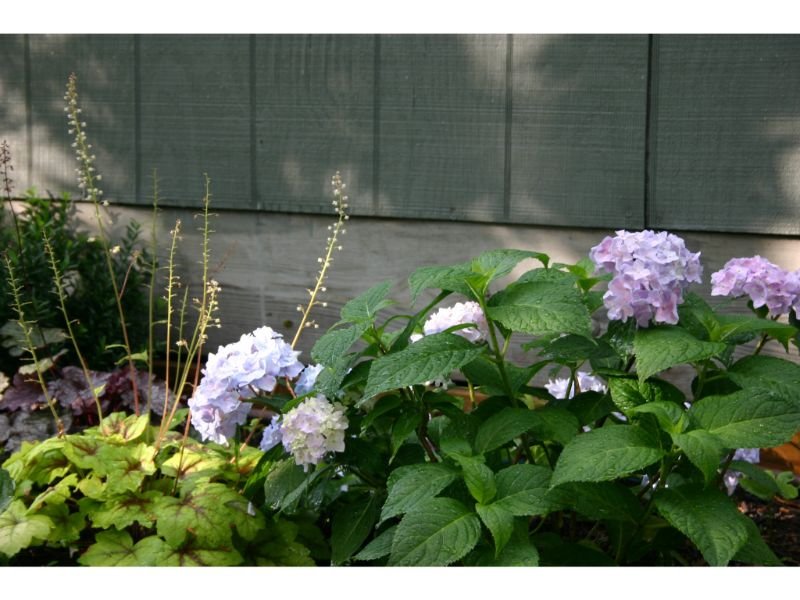
There are different types of hydrangeas, and each has its unique set of growing requirements. When selecting a hydrangea variety to grow in front of the house, you need to consider your climate, the amount of sunlight your front yard receives, and the soil’s pH level.
When it comes to choosing the right hydrangea variety for your front yard, it is important to take into consideration the climate in which you live. Different hydrangea varieties have unique sets of growing requirements and thrive in different climates.
If you live in an area with hot summers, you may want to consider choosing a hydrangea variety that can tolerate heat and drought. One such variety is the Endless Summer Hydrangea, which is known for its ability to withstand high temperatures and dry conditions to grow in front of the house.
On the other hand, if you live in an area with cooler temperatures and higher levels of rainfall, you may want to consider a hydrangea variety that prefers these conditions. For example, the Bigleaf Hydrangea, also known as the French Hydrangea, is a popular choice for cooler climates and can produce stunning blooms in shades of blue, pink, and purple.
If you live in an area with alkaline soil, you may want to choose a hydrangea variety that can thrive in this type of environment. The Oakleaf Hydrangea is one such variety that prefers alkaline soil and can produce showy, cone-shaped blooms in shades of white and pink.
It is also important to consider the amount of sunlight your front yard receives when selecting a hydrangea variety. Some hydrangea varieties, such as the Panicle Hydrangea, can tolerate full sun and can produce large, showy blooms in shades of white and pink. However, other varieties, such as the Mountain Hydrangea, prefer partial shade and can produce smaller, delicate blooms in shades of pink and blue.
In summary, when choosing a hydrangea variety for your front yard or to grow in front of the house, it is important to consider the climate, sunlight, and soil pH level. Some popular varieties to consider include the Endless Summer Hydrangea for hot and dry climates, the Bigleaf Hydrangea for cooler climates, the Oakleaf Hydrangea for alkaline soil, and the Panicle Hydrangea for full sun exposure.
Determine the ideal planting location

Hydrangeas thrive in partial shade, which means they need at least four hours of sunlight each day but must be protected from the intense heat of the midday sun. The ideal planting location for growing Hydrangeas is an area that receives morning sunlight and afternoon shade. If you have a south-facing front yard, you may need to plant your hydrangeas near a tree or building that can provide some shade during the hottest part of the day.
Prepare the soil
Hydrangeas prefer well-draining soil that is rich in organic matter. Before planting, amend the soil in your front yard with compost, peat moss, or aged manure to improve soil fertility and structure. You can also add some sulfur to lower the pH level if you want to grow blue hydrangeas, or lime to raise it if you prefer pink blooms.
Growing the hydrangeas
Dig a hole that is twice as wide and deep as the root ball of your hydrangea. Place the plant in the hole, backfill it with soil, and water thoroughly. Make sure to space your hydrangeas at least three feet apart to allow for adequate air circulation and prevent overcrowding.
Water and fertilize regularly
Hydrangeas require consistent moisture to thrive, especially during the hot summer months. Water your plants deeply at least once a week, or more frequently if the soil feels dry to the touch. Fertilize your hydrangeas with a balanced fertilizer, such as 10-10-10, in early spring and mid-summer to promote healthy growth and abundant blooms.
Prune the hydrangeas
Pruning is an essential part of hydrangea care, as it helps to shape the plant, remove dead or damaged wood, and stimulate new growth. However, different types of hydrangeas require different pruning methods. For example, if you have a Bigleaf Hydrangea, you should only prune it after it has finished flowering in the summer, as it blooms on old wood. In contrast, the Panicle Hydrangea blooms on new wood, so you can prune it in late winter or early spring before new growth appears.
In conclusion, growing hydrangeas in front of your house can add some much-needed color and interest to your landscape. By selecting the right variety, planting in the ideal location, preparing the soil, watering and fertilizing regularly, and pruning correctly, you can enjoy the beauty of hydrangeas for years to come.

Gardening is my passion and growing plants indoors has always been a stress relief for me. Grow a banana tree in my apartment once (although failed to produce bananas).


